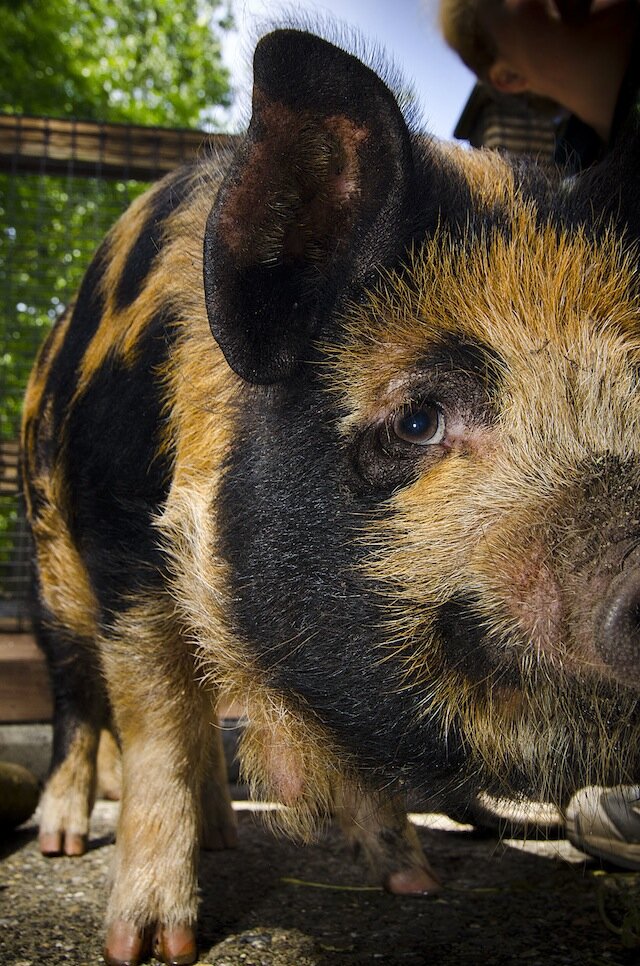Watching and hearing a performance by Black Grace is unlike anything from a contemporary dance company in the European tradition. One of New Zealand’s premier dance groups since its 1995 formation, Black Grace was founded and is still led by choreographer Neil Ieremia, who catalogues the experiences and history, good and bad, of Pacific Islanders in his dances, transforming them into expressive movement.
At Meany Theater as part of the UW World Dance Series (through Saturday; tickets), on Thursday night the company performed three of Ieremia’s dances; the first, Pati Pati, described as a mixture of excerpts from older repertoire.
Nevertheless, it did not appear as a mishmash at all. Exquisitely lit as though coming from very early dawn on a clear day, ten company members danced in close formation. They used all kinds of slapping, stamping techniques in perfect unison, starting from a seated position and gradually rising to incorporating body movement as well, feet flexed, movements always swift, vigorous, separate but in unison and accompanied by drums. Not too long, it was the most effective piece of the evening.
The next was also an excerpt, this time from one work, Amata. While in Pati Pati the light was so low one could not really see colors of costume, just enough and cleverly enough that one could see all the form; in Amata the dancers wore shiny red — brief dresses for the women or culottes for the men. More fluid than Pati Pati, but again each person dancing vigorously and separately most of the time, there was more repetition of movement, and an interweaving of space and patterns on stage. As well as drums one could hear woodblocks as well, and sometimes chanting from the dancers.
The company presented a recent full length work, Vaka, after intermission. The word, meaning “canoe,” was used as a representation of how we navigate though life. Unfortunately, it was about twice too long for its substance.
Much slower moving at first, to a plucked accompaniment, there was more ceremony, but also much more running and, highly effective, the sounds and tension of an increasingly violent ocean with more urgent movement to match, and drum beats so deep one could feel the vibrations in the intensity.
In one section, a piece of cloth which may or may not have been a wave got drawn out to a long narrow triangle with one dancer lying motionless at its point, and images of a moving shoreline were projected on it, fascinating to watch. When this was gradually pulled off stage, dancer and all, it seemed an appropriate end, but no, it was about half way through. At the end, dancers were walking through what appeared to be a forest with dappled light and birdcalls, the women carried by the men on their backs.
Describing the actual movements is difficult. It’s not graceful. Much of it is almost like children’s experiments, jumping in place with the feet apart, doing somersaults off another’s upraised feet; but the synchronization between the dancers, the exactness of what they did, the litheness of their movements was at all times mesmerizing to watch.


